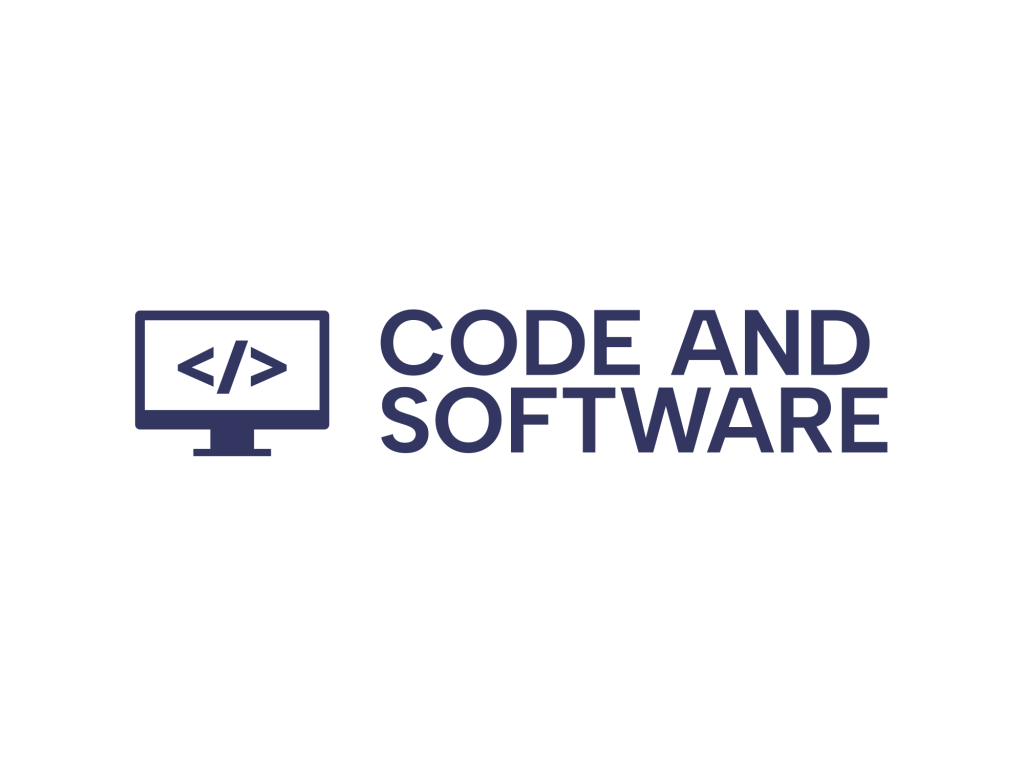Adobe After Effects is a powerful tool for creating stunning motion graphics and visual effects. However, exporting projects to MP4 can be a bit tricky—especially if you don’t want to use Adobe Media Encoder. Whether you’re concerned about file size, compatibility, or just want a more streamlined process, this guide offers a reliable method for exporting your After Effects composition as an MP4 without relying on Media Encoder.
Why Avoid Adobe Media Encoder?
Some users prefer not to use Adobe Media Encoder for a variety of reasons:
- System Resources: Running both After Effects and Media Encoder can be demanding on your computer.
- Software Limitations: Media Encoder updates occasionally introduce bugs or format inconsistencies.
- Workflow Preferences: Some editors prefer using third-party tools they find more reliable or simpler.
Alternative Method: Export Using an Intermediate Format
The most effective and versatile method for exporting an MP4 file from After Effects without involving Media Encoder is to:
- Export your composition in a high-quality intermediate format (like QuickTime with PNG or ProRes codec).
- Convert that file to MP4 using a third-party tool such as HandBrake.
This method gives you full control over encoding settings and allows for a high-quality final result.

Step-by-Step Instructions
Step 1: Export from After Effects
Here’s how to export your project in a high-quality format from After Effects:
- Open your project and select the Composition you want to export.
- Go to the top menu and choose Composition > Add to Render Queue.
- In the Render Queue panel, click the text next to Output Module.
- Select QuickTime as the format.
- In Video Output settings, choose a high-quality codec such as Apple ProRes 422 or PNG for best results.
- Click OK and then set your desired Output Destination.
- Press the Render button to begin the export.
This will produce a large, high-quality .MOV file that can now safely be converted to MP4 using external transcoding software.
Step 2: Convert to MP4 Using HandBrake
HandBrake is a free and open-source video transcoder that’s trusted by video professionals for converting large format files into more portable formats like MP4:
- Visit https://handbrake.fr and download the version appropriate for your system.
- Install and open HandBrake.
- Click Open Source to select your exported .MOV file.
- Choose a Preset based on your needs. For most purposes, Fast 1080p30 is sufficient.
- Under Format, ensure MP4 is selected.
- Adjust additional settings such as bitrate and audio quality if necessary.
- Click Start Encode to begin conversion.

Recommended Settings for HandBrake
For optimal balance between quality and file size when converting to MP4, consider these settings in HandBrake:
- Video Codec: H.264 (x264)
- Constant Quality: RF 20 (lower numbers = higher quality)
- Framerate: Same as source (usually 24, 30, or 60 FPS)
- Audio Codec: AAC at 160 kbps or higher
These settings maintain a professional level of video quality while keeping the file size manageable for web and social media platforms.
Advantages of This Workflow
Opting for this export method has multiple benefits:
- Independence: You don’t need Adobe Media Encoder installed.
- Versatility: HandBrake offers more fine-tuned control over compression and file size.
- Compatibility: MP4 files generated via HandBrake are widely supported and ideal for streaming, websites, and mobile devices.
Final Thoughts
While Adobe’s ecosystem is designed for seamless integration, it’s not always the best fit for every workflow. By exporting from After Effects to a high-quality QuickTime file and using a third-party tool like HandBrake to convert it to MP4, you maintain creative control and produce a professional-grade file ready for distribution.
This method may require an extra step, but the trade-off in control, efficiency, and even render speed is well worth it.


Leave a Reply